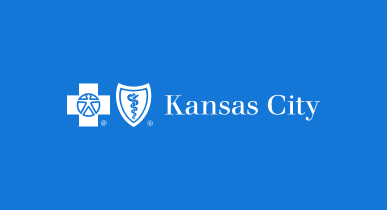
Why is everyone talking about whole foods?
Raise your hand if you’ve heard of whole foods. To be clear, we don’t mean the grocery store, but perhaps a friend has mentioned a whole foods diet or you’ve tapped into the CDC’s recent report on whole foods’ archnemesis – ultra-processed food.
What is a whole food? Is it a tomato, because you can eat the whole thing – seeds, skin, and flesh? Is it a grilled chicken breast? Is it bag of almonds?
Yes, yes it is! Whole foods are primarily unprocessed foods such as produce, grains, beans, nuts and seeds, and animal products.
But it’s not quite that cut and dried. For instance, that bag of almonds went through some degree of processing. In fact, many foods considered whole undergo minimal processing, like chopping, drying, freezing, or canning1. And that’s ok as long as the food stays close to its natural state.
Whole foods matter because a diet consisting of them is decisively associated with health promotion and disease prevention2.
What isn’t a whole food?
Foods with additives, preservatives, and artificial flavors are not whole. For context, look at the ingredients in a bag of cheese puffs or a can of chicken noodle soup. Now note the ingredients you can’t pronounce or don’t keep in your pantry – guar gum, xanthan gum, yellow dye #6, disodium guanylate, cooked chicken skins.
Ingredients like these land foods in a category called ultra-processed3, which is characterized by higher saturated fats, protein substances or enzymes, flavorings and preservatives, salt, and sugar. Ultra-processed foods have been linked to obesity, heart disease, stroke, Type 2 diabetes, and cancer4.
What makes whole foods better for you?
Whole foods contain natural compounds like phytochemicals, which can help reduce the risk of disease; nutrients and fiber, which the body needs to function properly; and healthy fats, like omega-3 oils and monounsaturated fat, which support heart health.
As a general rule, whole foods don’t have an ingredient list. They may be foods in their natural state or as close to it as possible, including:
- Vegetables and fruits
- Legumes, including chickpeas, lentils, lima beans, kidney beans and split peas
- Grains, including quinoa, rolled oats, wheat, brown rice, bulgur wheat and barley
- Nuts and seeds, including cashews, sunflower seeds, peanuts, almonds and pumpkin seeds
- Animal products, including unprocessed meat, eggs and some dairy products
Expand your knowledge: The NOVA Food Classification System offers a more comprehensive list of whole and minimally processed, processed, and ultra-processed foods.
Get help transitioning to a whole foods diet
Contact Blue KC’s local Care Team5 today through the Blue KC Care Management app for help managing your health and adding more whole foods to your diet.
Not using the app yet? Get it now:
- Download Blue KC Care Management app from the App Store or Google Play
- Open the app and click Sign Up
- Enter access code kcbluewelcome
- Follow the instructions to set up your account. You’ll need your Blue KC member ID card.
1HCF, What are whole foods?
2National Library of Medicine, Can we say what diet is best for health?
3MD Anderson Center, What are ultra-processed foods?
4HCF, What are ultra-processed foods and how to eat less of them
5The Blue KC Care Management team includes registered nurses, social workers, and community health workers trained to help you navigate your care and connect you with resources. The Blue KC Care Management team does not provide treatment or medical advice. The Care Management team is available during normal business hours.


